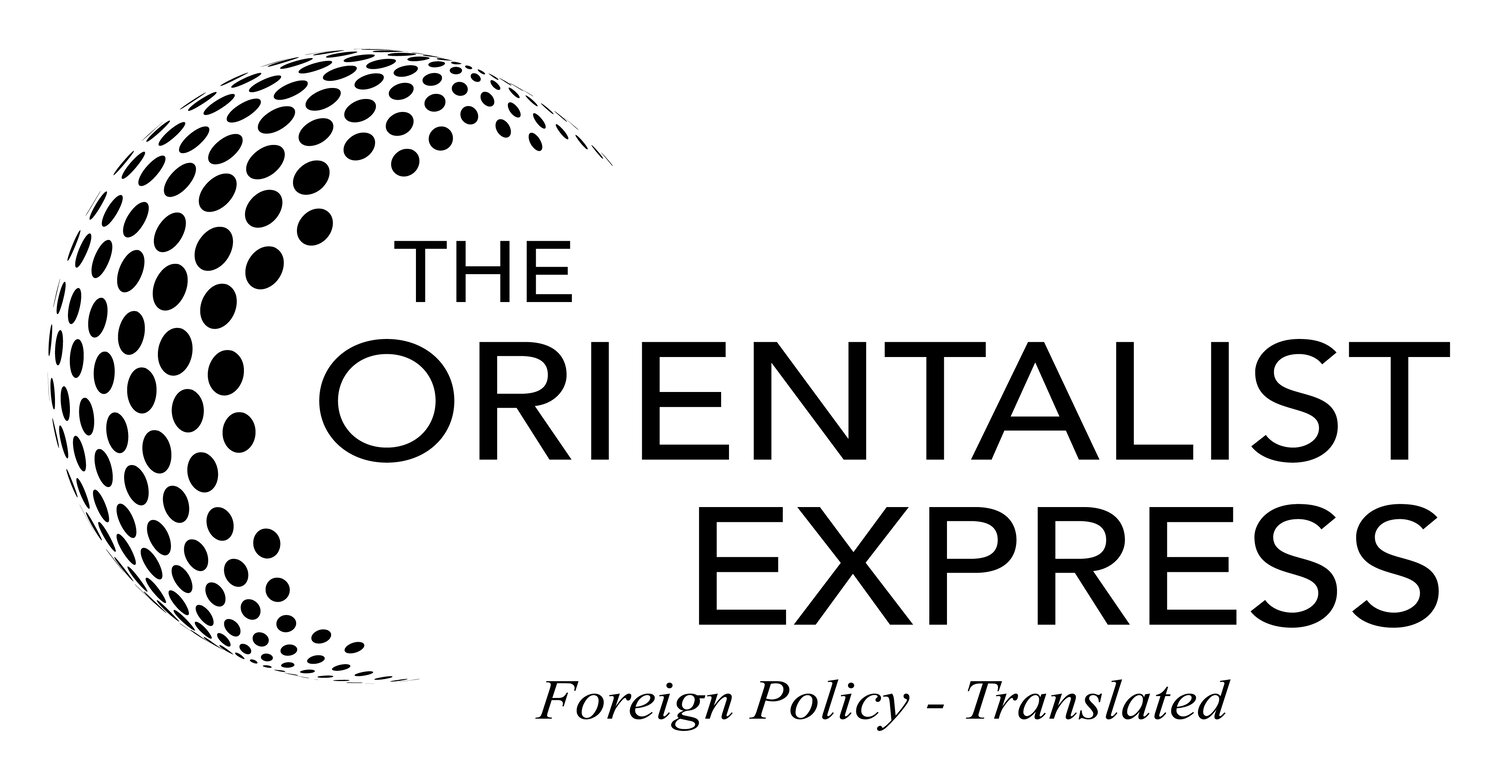This week, the United States paused to remember the life and accomplishments of a former president. The death of George H.W. Bush has sparked reflection of his political legacy and his service during the Second World War. Bush ended up presiding over the beginning of what will likely be considered the peak of American hegemony and influence. With the Soviet Union collapsing, the world was entering into an unprecedented period of uni-polarity. The events of the Cold War had shaped America’s entire foreign policy, but these foundations were already beginning to change. Three events in particular stand out as the most influential of his term.
1) The End of the Cold War
At the end of the 1980s, the Soviet Union had dug itself into a very difficult position. Decades of communist policies had created disaffection throughout Eastern Europe and nearly a decade of war in Afghanistan had left the military and Soviet finances drained. Throughout the latter half of 1989, popular revolutions began toppling governments throughout the Soviet Union as people looked to open markets and democratic elections for relief. As the Soviet Union fell apart, many worried that the Russian military would attempt to crack down on these revolutions or that internal conflicts would immediately plunge the region back into chaos. President Bush took a much more hands off approach to navigating the treacherous waters of international instability. Whenever a sudden and dramatic power shift occurs in the world, the risk of war is very high. Rather than antagonize the situation, Bush allowed these popular demonstrations to take their own shape and proceeded to carefully reintegrate Eastern Europe into an increasingly interconnected global economy.
Perhaps the most complicated relationship to navigate was that of a newly united Germany. Since the end of the Second World War, Germany had been divided into West Germany (protected by the NATO alliance), and East Germany (protected as part of the Soviet Union). Bush played an integral role in working with German Chancellor Helmut Kohl to stitch the nation back together and bring the unified nation into the NATO alliance. In part because of this success, Germany remains a cornerstone of Europe’s current economic and security foundation.
The start of a unified Germany.
2) The North American Free Trade Agreement
Until recently, free trade was a major part of the Republican platform. The original impetus for a free trade agreement began as part of the Reagan administration, but president Bush spearheaded the push to complete a trade deal with the United States, Canada, and Mexico. The previous trade relationship among the North American nations was plagued with high tariffs and disputes over copyrights and intellectual property. Over the course of several months in the early 1990s, representatives from the United States, Canada, and Mexico proceeded to negotiate the framework for the removal of tariffs and completed a draft agreement by 1992. Though Bush had done the majority of the work on the American side to negotiate the deal, his administration was unable to complete the process of ratifying it in the House and Senate. Instead, that honor went to Bush’s successor, president Clinton, in 1994.
The deal succeeded in removing most of the continent’s barriers to trade and codified a set of rules for trade disputes. The results since then have generally been seen as a net positive for each nation. Overall, most economists agree that NAFTA has provided enormous benefits to its member nations, increasing the GDP of the each member and dramatically improving key industries in each economy. However, some workers in key industries have been adversely impacted by cheaper labor and manufacturing costs in places like Mexico. This prompted substantial criticism during the 2016 election and ultimately resulted in the ongoing process to renegotiate this deal. Currently, a pending deal called the United States-Mexico-Canada Agreement has been finalized, but still requires approval from the legislatures of each country.
3) The First Gulf War
Finally, president Bush’s Middle East legacy became enshrined in his handling of the Iraqi invasion of Kuwait. After nearly a decade of war with Iran, Iraq’s dictator Saddam Hussein was looking for a quick and easy way to regain much of his lost petroleum revenues and regional prestige. In August 1990, the Iraqi military poured into the small neighboring nation of Kuwait and seized its vast oil reserves. With a new world order just beginning to emerge, Bush looked to set a precedent that the outright military invasion of another nation would not be easily tolerated. Bush immediately began the preparations for an American-led coalition to remove Saddam from Kuwait.
What followed was Operation Desert Storm, which pushed Iraqi forces out of the country and liberated Kuwait’s oil fields in under a month. The coalition forces had every opportunity to continue towards Baghdad and remove Hussein from power. However, Bush refrained from toppling the government for fear that this would greatly destabilize the region (a prediction that was later proven true by his own son’s actions). The operation was a resounding success and has proven to be one of the last “traditional” battles in recent history between two opposing armies.
In many ways, reflecting on the accomplishments and foreign policy realities of Bush’s era shows just how much the world has changed in thirty years. Cold War rivalries with Russia have been reignited, the North American Free Trade Agreement is being renegotiated, and the military success of the First Gulf War has been replaced by a completely different Middle East following the 2003 invasion of Iraq. Indeed, the very nature of conflict these past few decades shows that giant battles between fixed armies in the field is extremely rare. These days, conflicts between nations occur via proxy battles of small militia groups or in the shadows of cyberspace. Nevertheless, the foreign policy legacy of George H.W. Bush will likely be remembered as one that carefully (and often successfully) navigated the challenges of its time.




